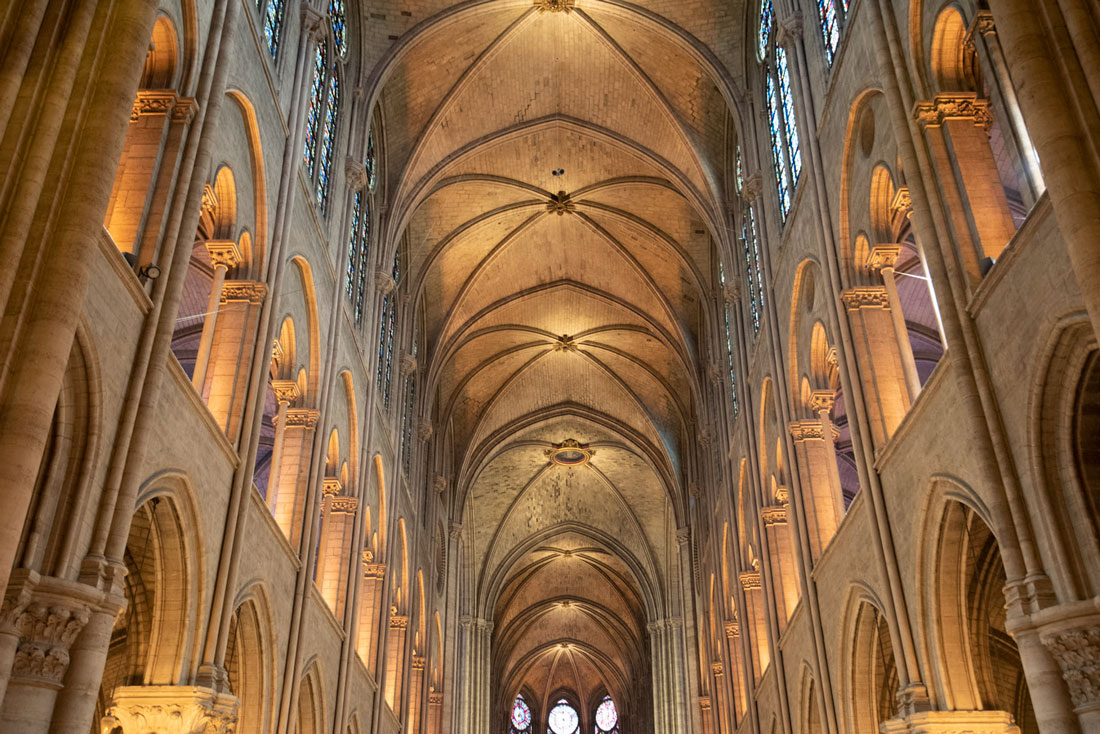The World Mourns Notre Dame
Photos by Forrest Anderson
Love is like a tree: it grows by itself, roots itself deeply in our being and continues to flourish over a heart in ruin.
— Victor Hugo, Huchback of Notre Dame
The Cathedral of Notre-Dame de Paris, the famed French national cathedral and heart of the city, was badly damaged Monday evening in a conflagration that engulfed its roof, central spire and then interior. Thousands of Parisians watched, wept and sang hymns as the fire swept over the roof, toppled the spire and gutted their cathedral of cathedrals.
Visited by some 13 million people a year, Notre Dame is one of the world’s most beloved landmarks and a masterpiece of Middle Age architecture. An unspeakable tragedy, the catastrophe led some Parisians to lament that Paris without the cathedral is not Paris anymore.
Others, including French President Emmanuel Macron, vowed that the building would be restored.
Throughout its 800-year history, Notre Dame has been a spiritual refuge and cultural constant in a land torn repeatedly by war and strife.
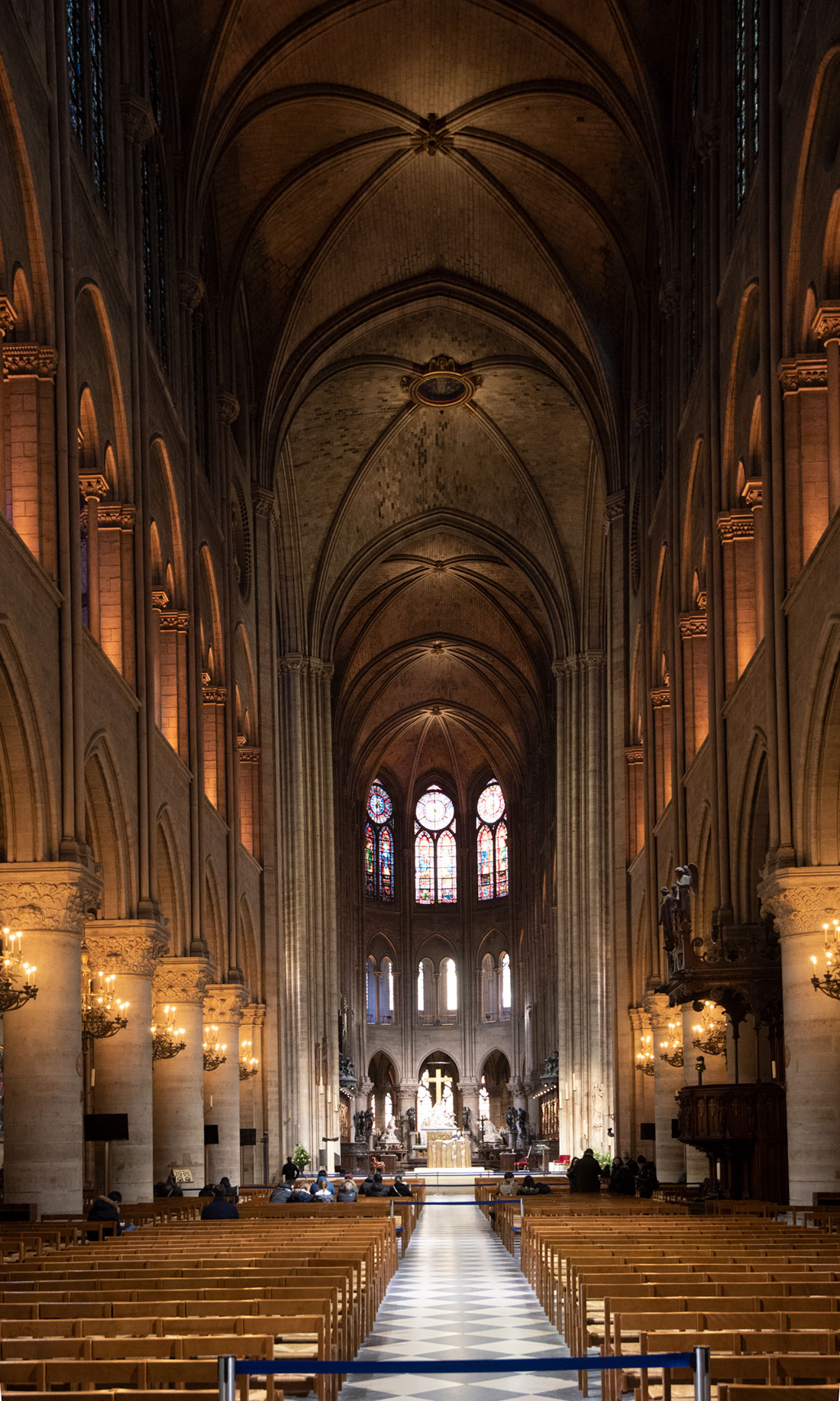
The cathedral, Hugo wrote in his novel of a hunchback who lived in the building, “was peopled with marble figures of kings, saints and bishops who at least did not laugh in his face and looked at him with only tranquillity and benevolence. The other statues, those of monsters and demons, had no hatred for him …. The saints were his friends and blessed him; the monsters were his friends and kept watch over him. He would sometimes spend whole hours crouched before one of the statues in solitary conversation with it.”


Not just Parisians but many from other lands would understand these feelings, having spent quiet, reverent hours in this cathedral that opened its arms to the world and dedicated its chapels to honor those of faith from Mexico to China. Anyone was free to enter this strange, magnificent building, where twisted gargoyles and monsters shared space with saints on the exterior facades. It represented the very soul of France, that generous crossroads country in the center of Europe that welcomes more visitors than any other country to share in its incomparable heritage.
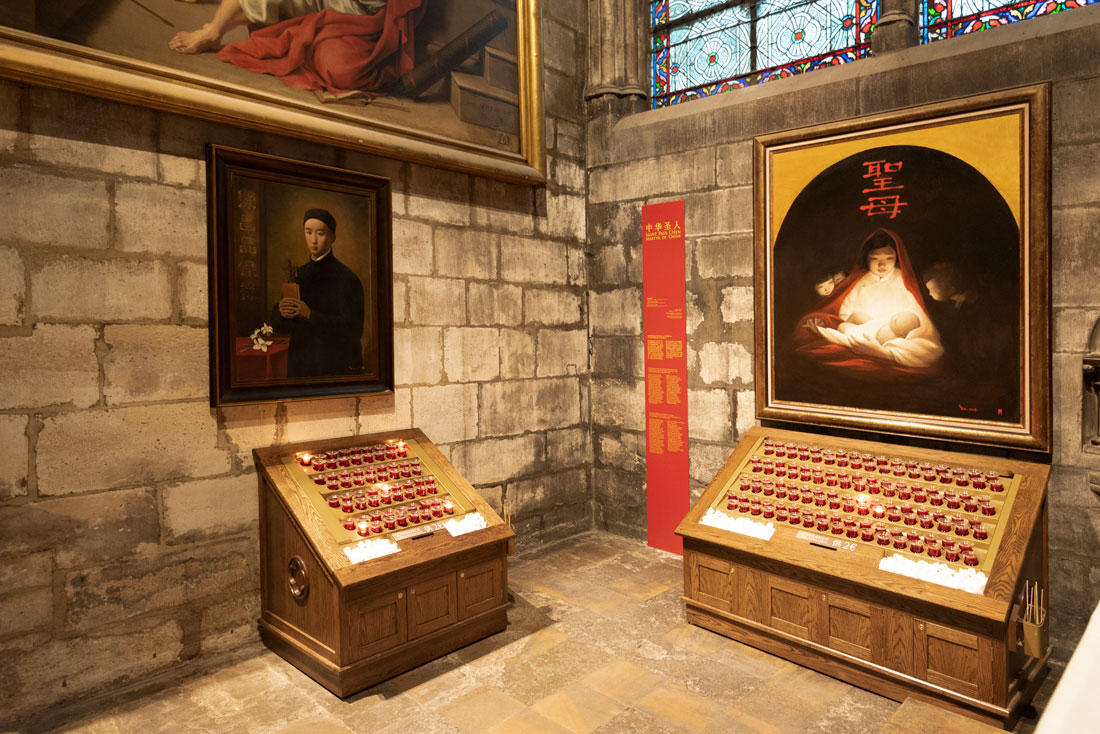
This chapel honored a Chinese Catholic martyr.
“The greatest products of architecture are less the works of individuals than of society; rather the offspring of a nation’s effort,” Hugo mused in his novel.
Notre Dame was founded as France’s national cathedral by King Louis IX and Bishop Maurice de Sully as part of a building program to show that Paris was France’s political, economic and cultural capital. However, the building’s influence has reached far beyond anything the French monarchy could have imagined.
The cathedral was built in 1163, in the heart of Paris on the Ile de la Cite. It was placed on a site that in Roman times was occupied by a pagan temple, and then a 4th century basilica. The plan was a traditional church with the altar located to the east and the entrance to the west. It was to have thick walls reinforced by solid stone abutments on the outside.
When stress fractures appeared in the upper walls under the weight of the vaulted roof, flying buttresses were added to the outside to support the walls and counteract the thrust of the vault. With the flying buttress, the weight was carried by the ribs of the vault entirely outside the structure to a series of counter-supports, which were topped with stone pinnacles which gave them greater weight. The buttresses meant that the walls could be higher and thinner, and could have much larger windows as the reinforcement made them non-structural. They thus had a greater area for stained glass windows that filled the interior with colored light. The revolutionary solution made the cathedral an iconic example of Gothic architecture. Later, chapels were placed between the abutments. The date of the first buttresses is not known. They were replaced by larger and stronger ones in the 14th century.

The roof of the nave was constructed with a then-quite new technology, the rib vault. The roof of the nave was supported by crossed ribs which divided each vault into either six or four spaces, depending on the section. The pointed arches were stronger than earlier Romanesque arches to carry the weight of the roof outwards and downwards to pillars and out to the abutments that were against the walls.

The enormous 70-meter-high cathedral is famous for the fabulous architecture and sculptures on its detailed exterior and its awe-inspiring interior.
The astonishingly detailed façade tells the story of religion from a Catholic perspective, with stone sculptures of Biblical figures and saints - Abraham sacrificing Isaac, the Apocalypse and the Last Judgement. Sculptures of saints, kings and grotesque mythical creatures called gargoyles adorn the portals and gables. A crowned Virgin Mary, for whom the Cathedral is named, occupies the central place of honor above the portico. All of these figures are symbolic, intended to teach the faithful the stories and doctrines of the Catholic tradition.
The south portal has scenes from the lives of St. Stephen and local saints, and the north portal portrays the infancy of Christ and the story of Theophilus, the person to whom the New Testament Gospel of Luke is addressed. One of the most famous sculptures is one of the Virgin and Child. An important statue of the Virgin and Child is at the main entrance.
Notre Dame’s magnificent rose windows and other stained glass windows depicted scenes from the life of Jesus Christ, the twelve apostles, Christian martyrs, the Virgin Mary, angels, saints and other stories from the Old and new Testaments.
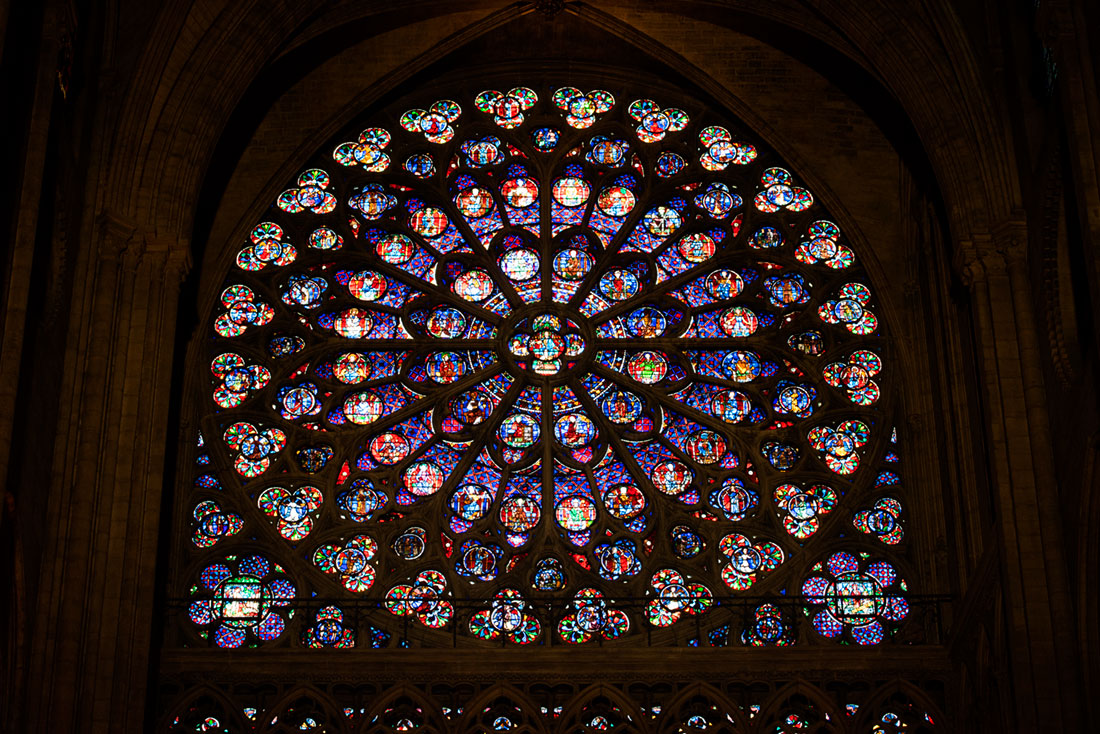
As France’s national cathedral, Notre Dame is the embodiment of both the kings of France and their state religion, Catholicism. The cathedral witnessed major events for almost a thousand years spanning medieval times, the Renaissance, the French Revolution and the wars of the 20th century. In modern times, popes have held mass there and foreign presidents have been shown the Cathedral’s most famous relics there.
Here is a brief timeline:
1185 - Heraclius of Caesarea called for the Third Crusade.
1431 - Henry VI of England crowned King of France.
1455 - Joan of Arc’s mother petitioned for her release.
1558 - Mary Queen of Scots married the son of Henry II of France.
1804 - Napoleon 1 and his wife Josephine crowned by Pope Pius VI.
1944 - The cathedral has ten bells, the largest of which is called Emmanuel and weighs more than 13 tons. It is timed to mark the hours of the day, always five seconds before the other bells. The Emmanuel tolled on the night of 24 August 1944 as an advance column of French and Allied troops and elements of the French Resistance took the Île de la Cité in the center of Paris to announce that the city’s liberation from Nazi rule was under way.
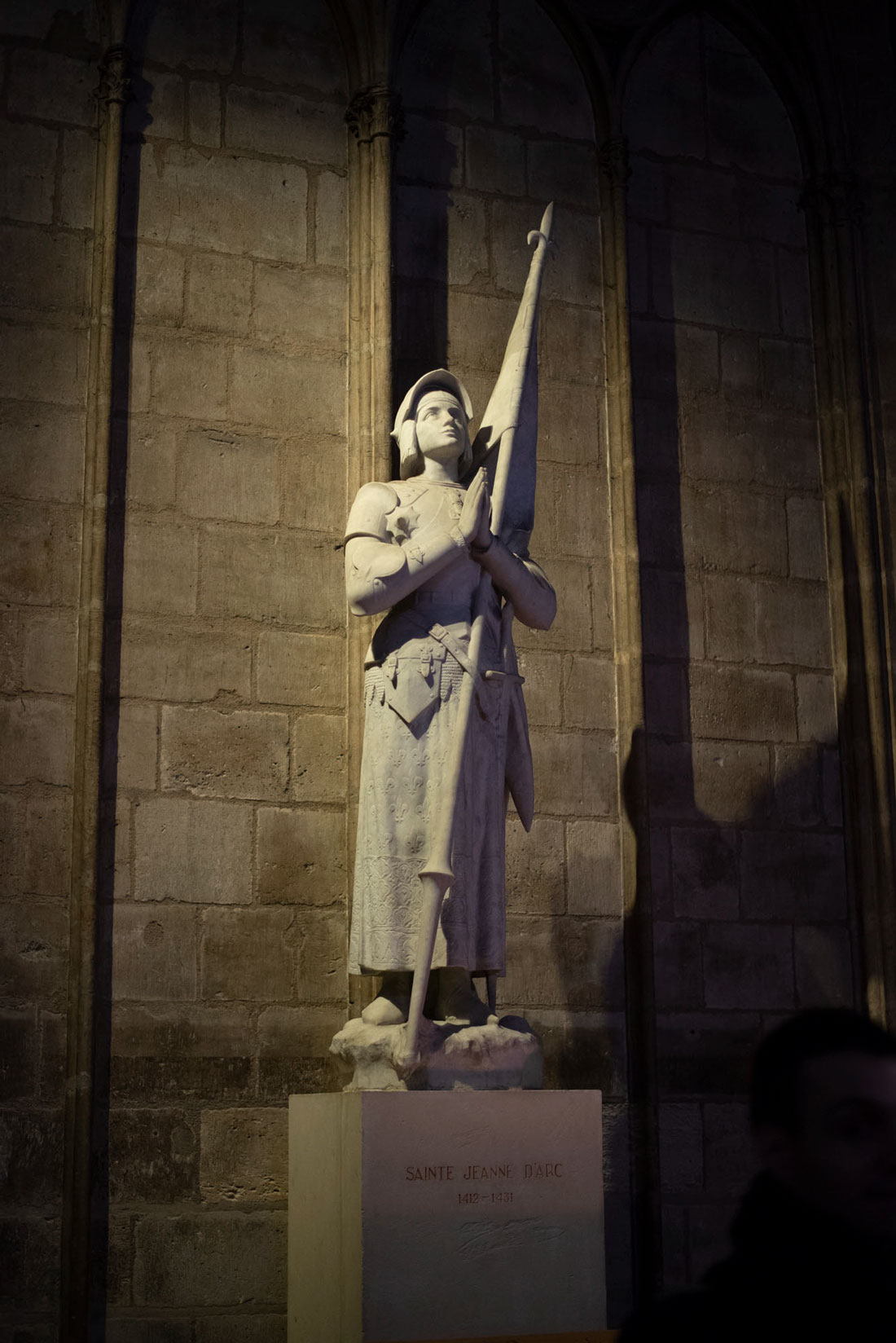
The fate of this statue of Joan of Arc, which was in the interior of the building, is not known. Joan of Arc was a national heroine who was burned at the stake in 1430. She was later canonized as a Catholic saint.
The fire is not the first time the building has been badly damaged, although it unquestionably is the worst. In 1548, rioting Hugenots damaged some of its statues, which they considered idolatrous. The spire was wind damaged and removed in the late 18th century. In 1793, during the French Revolution, many of the 28 statues of biblical kings on the west façade were mistaken for statues of French kings and beheaded. The heads were found in 1977 and now are in the Musee de Cluny. A Goddess of Liberty replaced the Virgin Mary on a number of altars. All of the other large statues on the façade except for the statue of the Virgin Mary on the portal were destroyed. The cathedral was used as a warehouse.
Some of the windows were severely damaged in the French Revolution of 1830 and were rebuilt in the 1960s using both medieval and 19th century glass.
In 1831, Hugo wrote his novel Notre-Dame de Paris, published in English as the Hunchback of Notre-Dame, which helped revive interest in restoring the cathedral. At that time, the original 13th century spire was recreated and the spire was sourrounded by copper statues of the twelve apostles and statues symbolizing the four evangelists. A rooster at the summit of the spire contained three relics – a tiny piece of the Crown of Thorns and relics of Saint Denis and Saint Genevieve, patron saints of Paris, that were placed there in 1934 to protect the congregation from lightning and other harm.
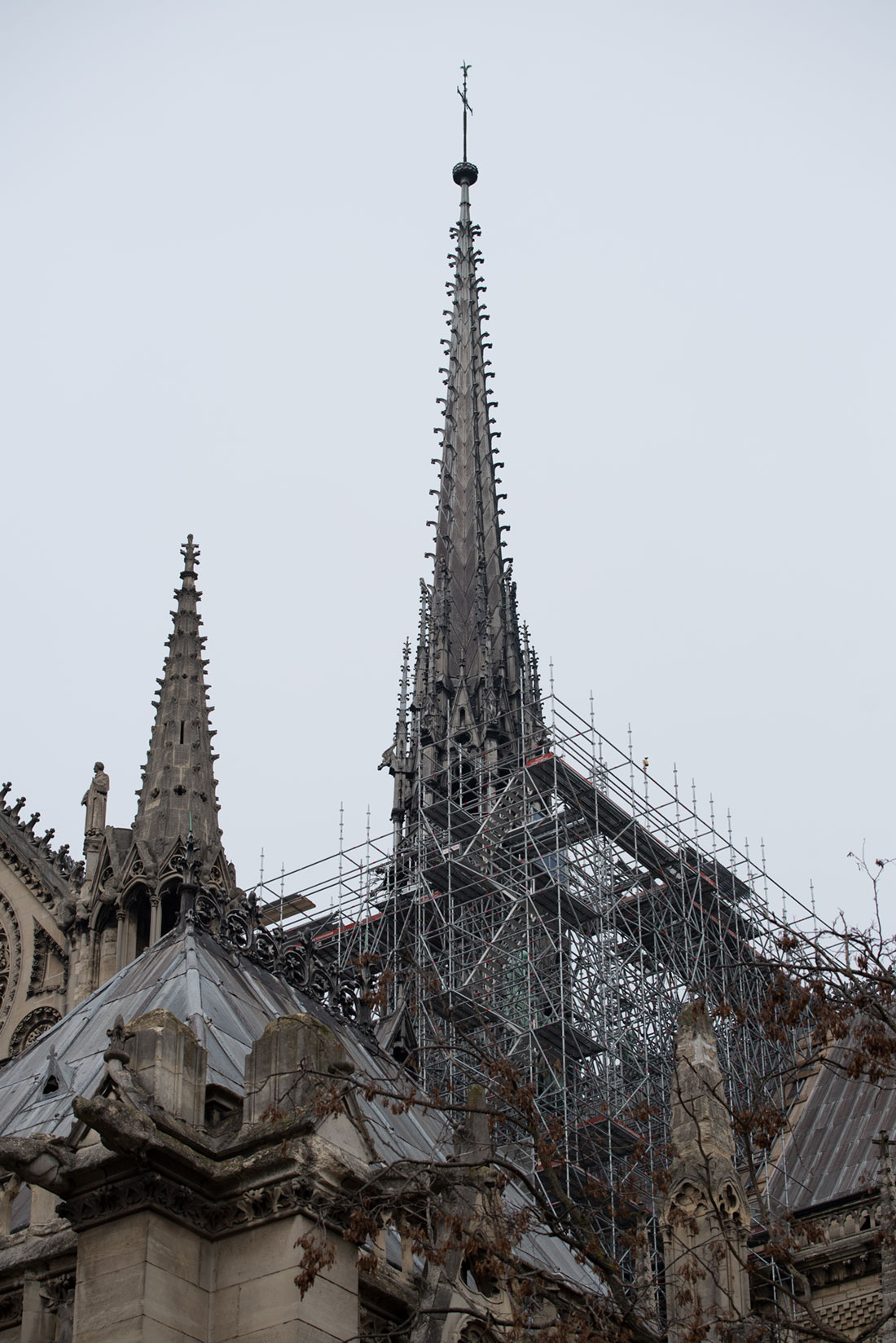
Since then, less extensive restoration has occurred on and off at the cathedral. The photo above shows the general area where the fire in the cathedral's atic broke out, not far from the spire, which was toppled in the fire.
Notre Dame Cathedral marked a transition point from 11th century Romanesque architecture to Gothic. Its cruciform plan, tower, transept and elevated nave were Romanesque, but its pointed arches and rib vaulting Gothic.
Notre Dame was a working church that was open daily. Although the building was owned by the French government, use of it had been granted to the Catholic church in perpetuity. Believers flocked from around the world to the cathedral to pray, light candles, confess, participate in baptisms, confirmations and communion, attend mass and participate in special events such as the veneration of Christ’s Crown of Thorns on the first Friday of each month.
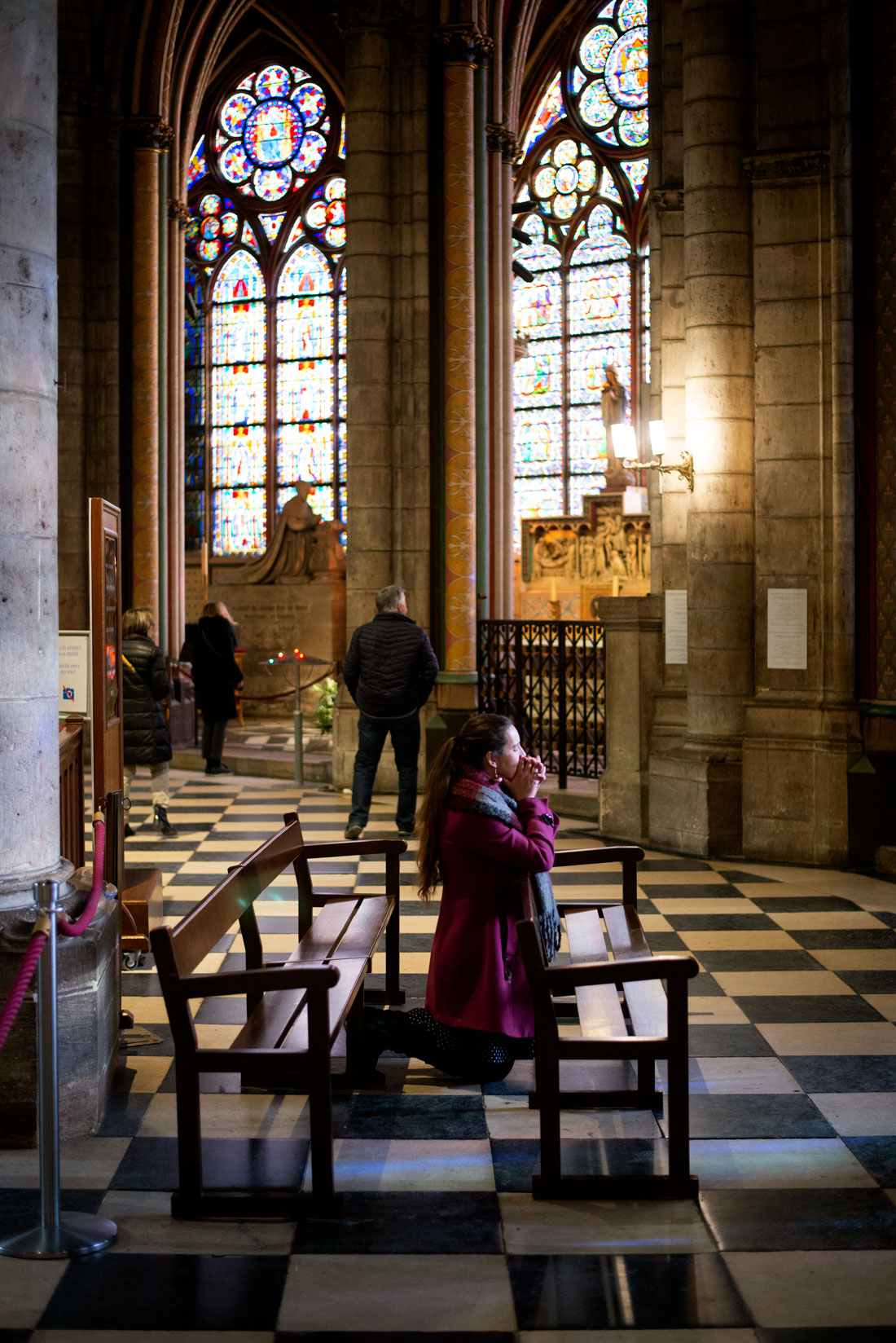
It also was the site of concerts and other events which showcased the cathedral’s famous organ.
The cathedral has a valuable treasury, which officials said had been successfully evacuated. The treasury’s most important relics are the Crown of Thorns that Christ purportedly wore, and a fragment of wood and a nail claimed to have come from Christ's cross, but there are many more items in the treasury that also are historically valuable. Among the objects are relics of other Christian historical figures, chalices used by cardinals at the cathedral, crosses, vestments worn by Napoleon and other religious relics and objects.
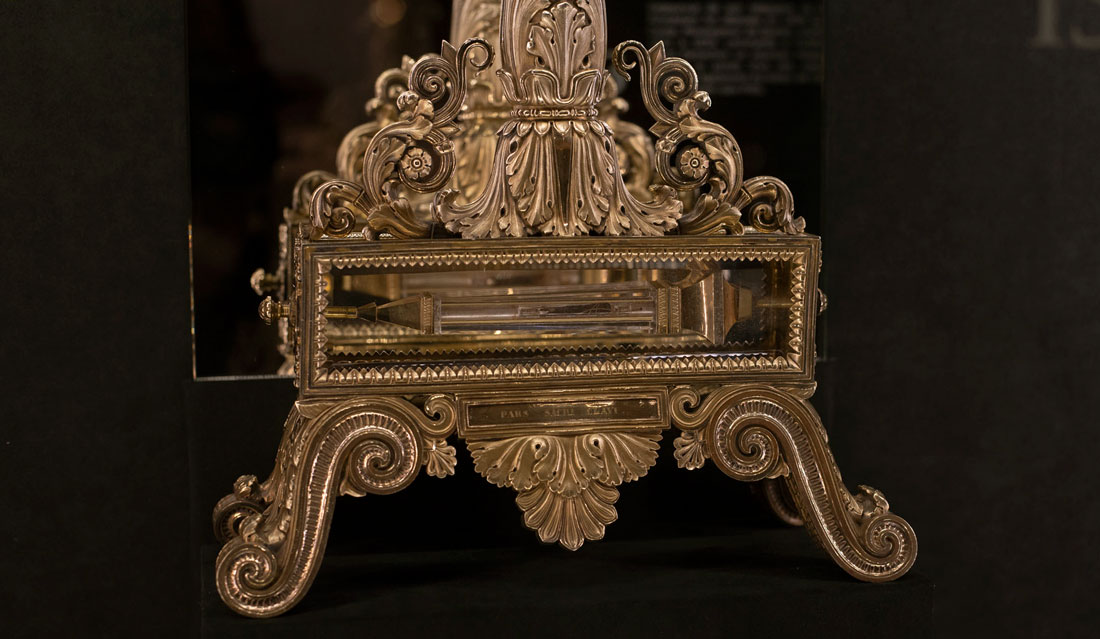
This reliquary is claimed to hold a fragment of Christ's cross and a nail that was used to crucify him.
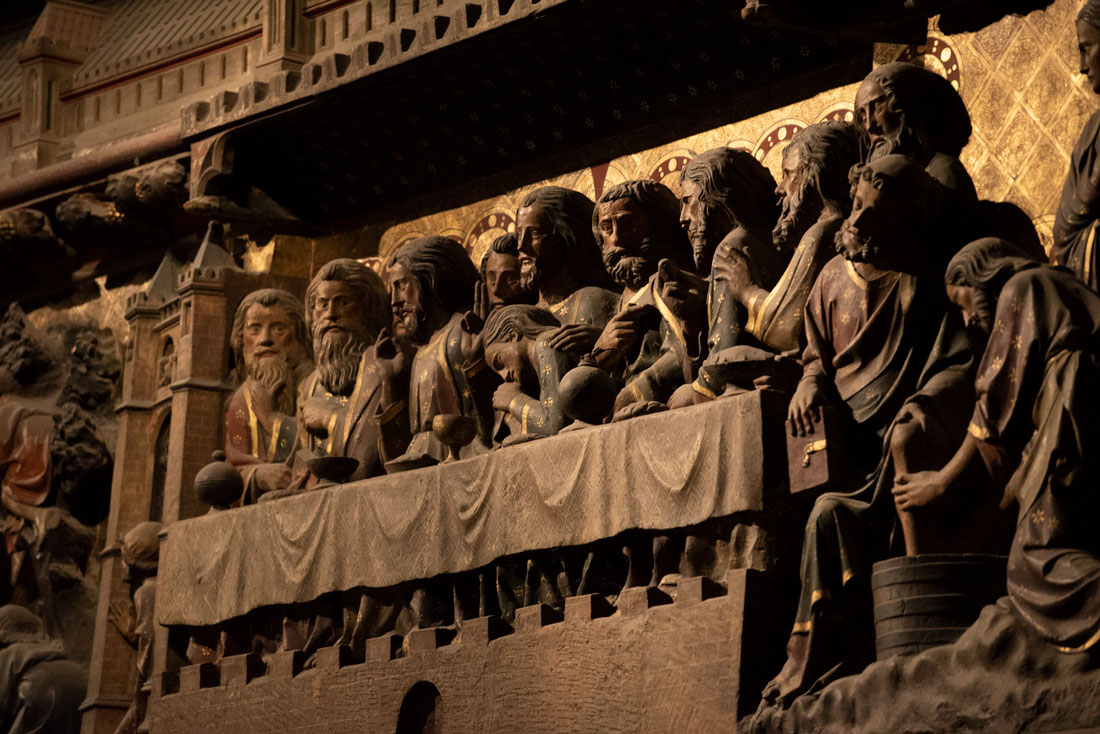
Carvings such as this wooden bas relief of the apostles undoubtedly were destroyed in the fire.
Notre Dame was undergoing a badly needed $6.8 million renovation when the fire broke out. Cracks had begun to appear in the stone and gargoyles and other pieces of stone had been falling off the building for some time. Rain, snow and pollution also had eroded the flying buttresses that propped the cathedral up, putting it at risk of falling down. Hundreds of stones were piled up that had fallen off or been taken off to prevent them falling. The total cost of renovation was placed at $185 million and the Friends of Notre-Dame of Paris Foundation was working to get private donors to help with it.
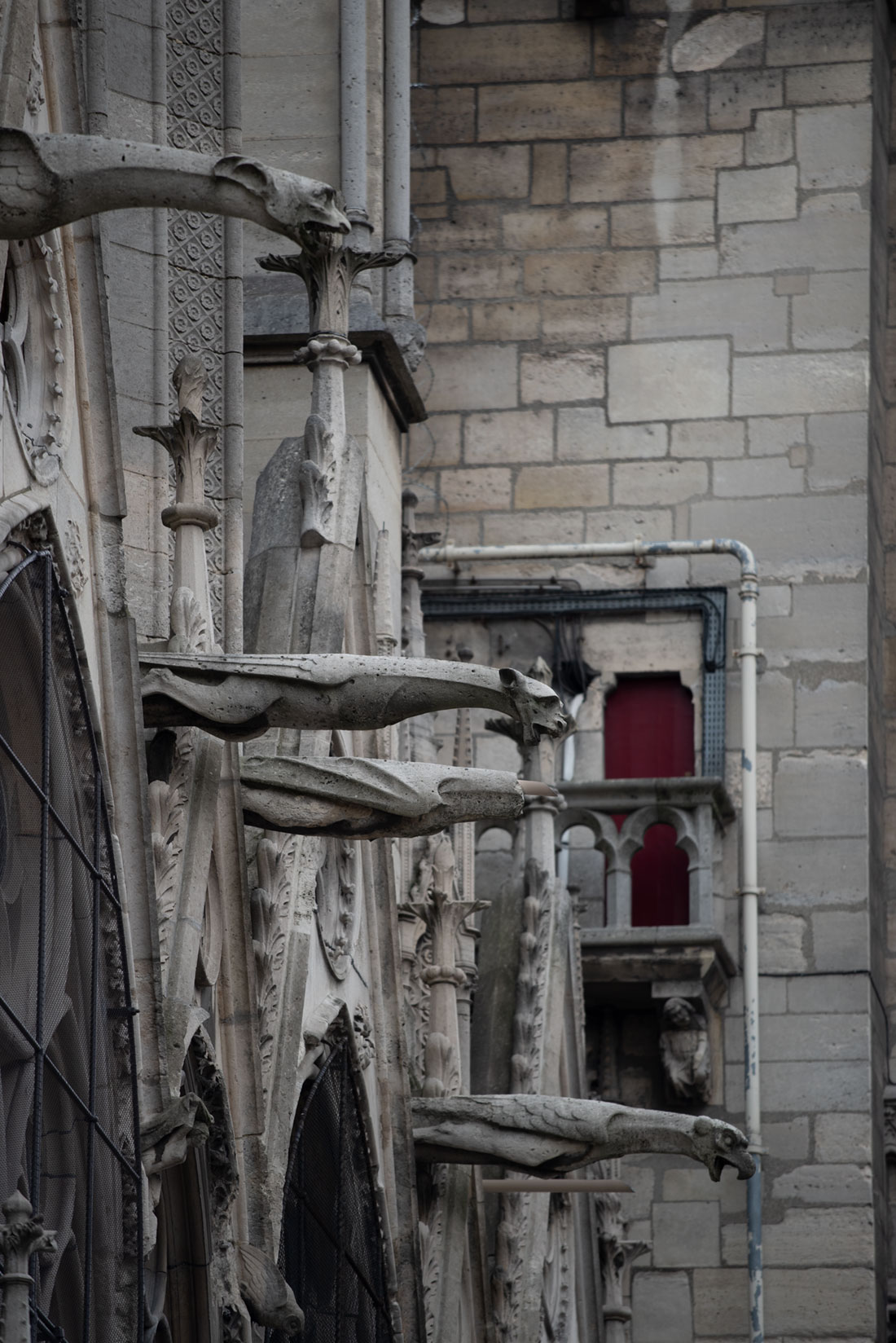
Plastic drain pipes were installed on the cathedral in places where stone drains had fallen.
Sixteen statues had been removed from the roof earlier this month for renovation.
French President Emmanuel Macron announced that, starting Tuesday, he will launch an international fundraising campaign to rebuild the cathedral.
“I’m telling you all tonight — we will rebuild this cathedral together. This is probably part of the French destiny. And we will do it in the next years. Starting tomorrow, a national donation scheme will be started that will extend beyond our borders," Macron said.
Check out these related items
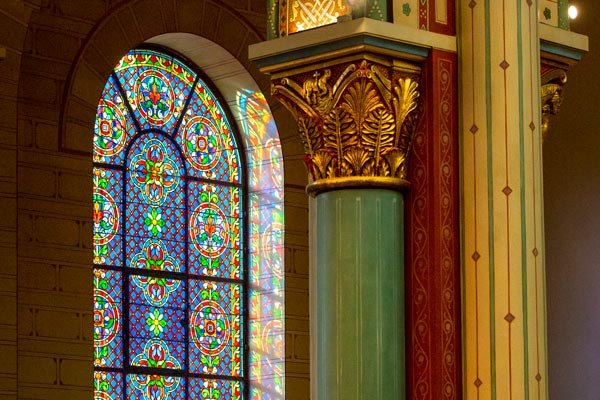
Paris’s Oldest Church Restored
Paris' oldest church, Saint Germain des Prés, is emerging from layers of grime and soot as a meticulous restoration reveals its vibrant color.

The Many Layers of Mona Lisa
Mona Lisa has long been mysterious, not just because of her smile. But was mystery or realism her famous creator's object?
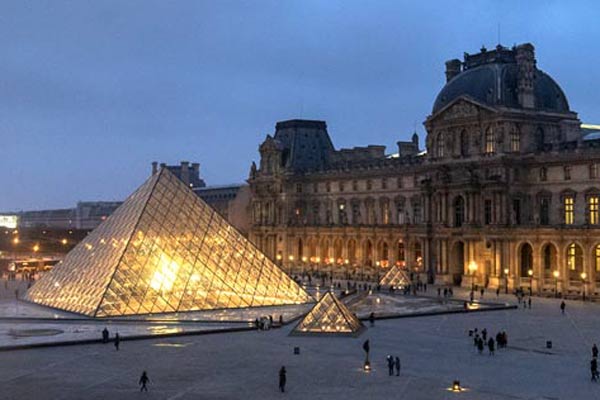
What is the Louvre?
The former palace, the world's largest museum, music video and fashion show venue, and global brand has never been more cool.

Treasure Room and Two Palaces
In the French palace at Fontainebleau is a treasure room of dazzling artifacts taken by the French army from a palace in Beijing.
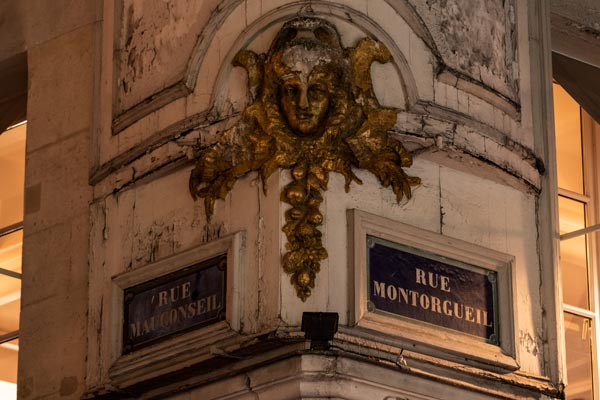
Paris’s Oldest Food Market
Rue Montorgueil in Paris began as a village street with a medieval church and food market. It has retained that character.
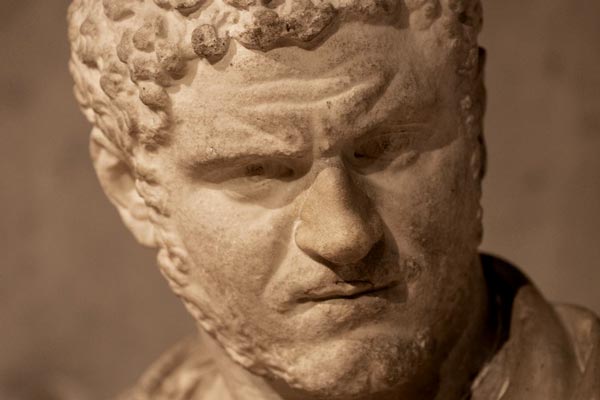
A Tale of Two Roman Cities
The amphitheaters, military garrisons, forums, trade and craft shops of two Roman colonial cities have emerged from the dust.
